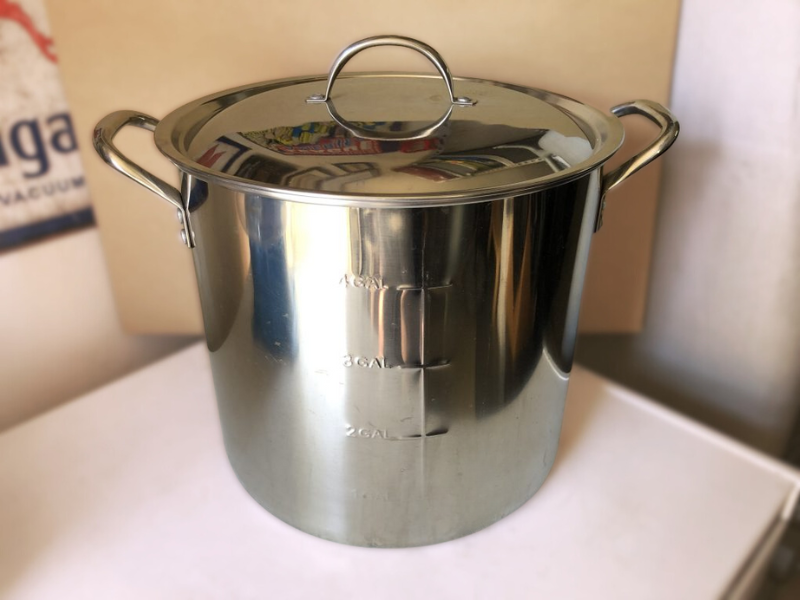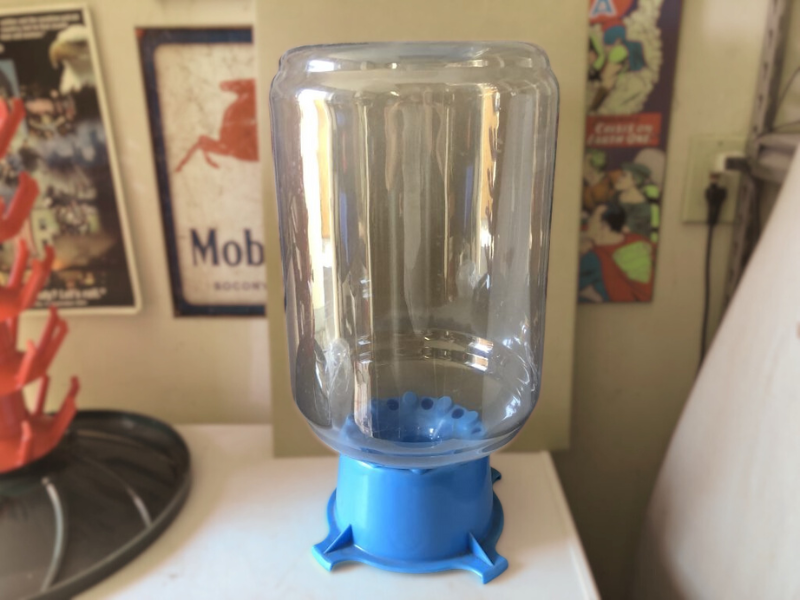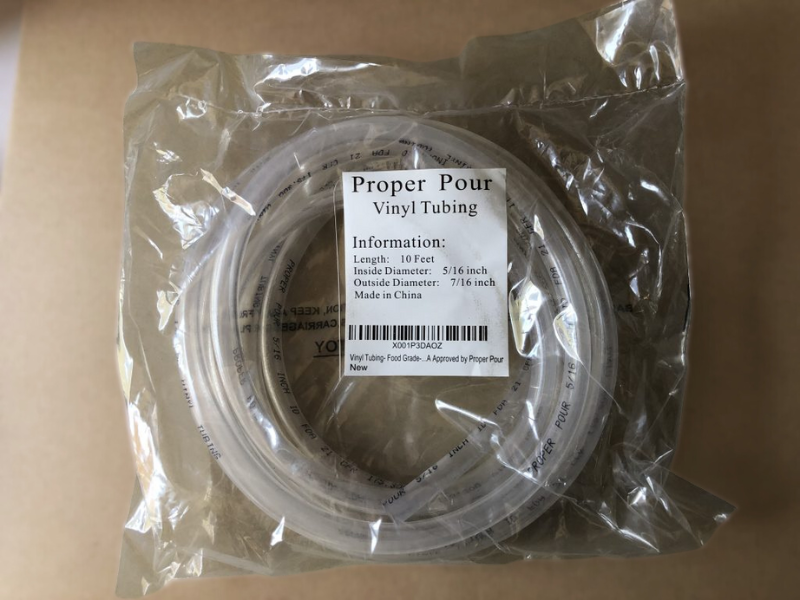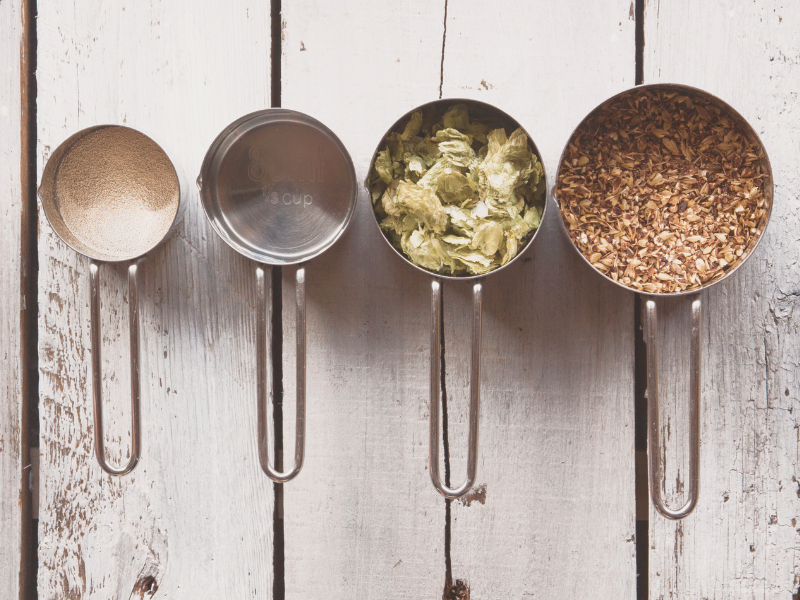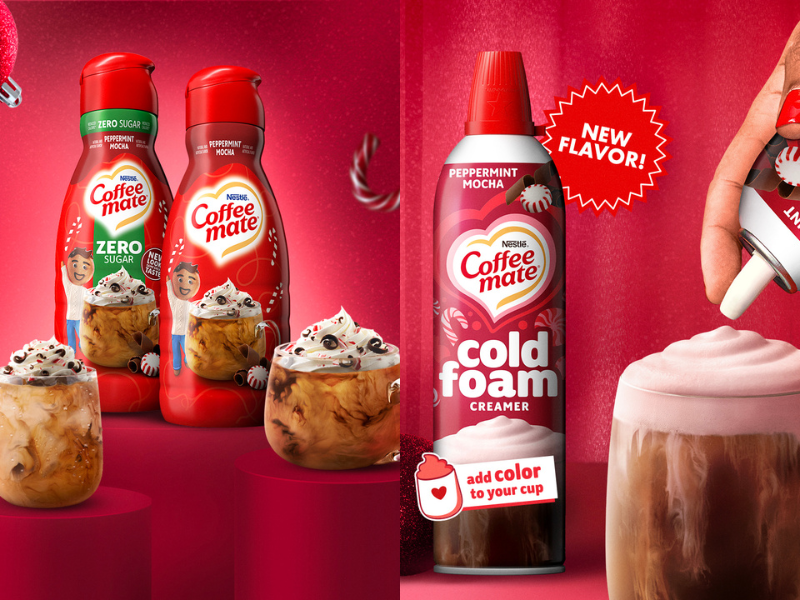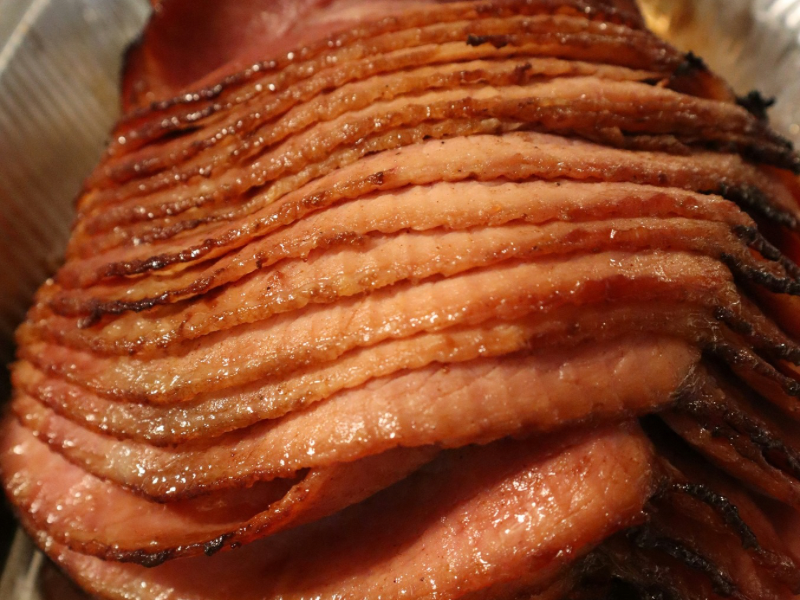Previous Post
Get Your Brew On: Equipment and Ingredients
Posted on September 20, 2025 by Kevin Findley
Welcome back! Last time with Get Your Brew On, we covered getting started with brewing kits and tweaking them with add-ins, such as puréed fresh fruit. Now, we’re going to move up to scratch brewing.
To brew beer, you need grain, hops, yeast, and water. Four simple ingredients, but the variations on those are only limited by your imagination. Depending on your personal taste, you can create a crisp IPA that feels like a perfect Summer day, or a Festbier (Festival Beer) that reminds you of Oktoberfest. By the way, if you haven’t been to Oktoberfest, you should go. It’s as incredible as you hear.
Before you gather your ingredients, however, you need to assemble some basic equipment:
- 5-Gallon (or larger) Stainless Steel Brew Pot
- Long Stem Thermometer that you can clip to the Brew Pot
- Grain and Hops bags to prevent scorching and reduce the amount of particulates while brewing
- Stainless Steel Stir Spoon (long handle)
- Gas Burner
- Propane tank (filled)
- Chiller
- Fermenting bucket
- 5-Gallon Carboy
- Small siphon
- Food-grade vinyl tubing, several lengths of at least three feet
- Cleaning/Sanitizing agent
You will also need the following when we get to bottling your beer. Bottling is for a future blog, but it’s still good information to have if you can’t wait to go out and buy it.
- Twenty-four 12-oz bottles – Brown or green glass is best. Longnecks preferable.
- Bottle Caps – A bag of oxygen-absorbing caps (144) usually costs under $10. Why 144? That’s six cases of beer. Easy number to remember.
- Bottle Capper – Handheld or countertop. Both have their advantages, but if you have limited space, a handheld capper is your better option.
- Bottle Drying Rack
For an example of ingredients, I’ll use the first recipe I built, a Rye Pale Ale.
- Briess Rye Extract – Briess CBW® (Concentrated Brewers Wort) Rye Liquid Malt Extract (LME) is an American malt extract made from Rye and Barley malts. It provides an appealing, malty, caramel flavor with subtle, spicy notes from the rye. It is also an excellent shortcut for new home brewers to use in place of additional boiling time when brewing with a large amount of grain.
That said, grains are the heart of every beer. The ones listed here are the more popular varieties. For home brewing, that means they are reliable and consistently produce a good beer. To ensure a successful process, follow the guidelines for boiling.
Popular Grain Varieties:
- Great Western Pale 2-row
- Crystal 40L
- Munich Malt
- Rye Malt
Hops give beer that distinctive bitterness or ‘sharp’ flavor. It’s an essential part of any home brew, but especially for most Summer beers and IPAs (India Pale Ales). It’s important to get the amount correct, as the hops can overpower the flavor of your brew, making it difficult to enjoy. It is still suitable for cooking, though, if you use beer in a batter for fish or in baking.
Hops:
- Summit 0.5oz Alpha 17.00 IBU 28.6 Boil Time 60 minutes
- Spalt 1.0oz Alpha 3.60 IBU 8.0 Boil Time 20 minutes
- Spalt 1.0oz Alpha 3.60 IBU 0.0 Boil Time 0 minutes
Yeast is how you get from a fragrant and flavorful brew pot of water to a bucket of fermented, tasty beer. The one I used is a reliable and robust yeast that is easy to use and resistant to killing.
My Favorite Yeast:
- DCL Yeast US-05 SafAle California/American Ale
These are the key elements you need to bring a beer to life. Bringing your first homebrew to life takes a little time and patience, but it is worth the effort. That’s why in our next installment of Get Your Brew On, we will be talking all about brewing and bottling!
Next Post
Written by
More Military Life Posts



